I love using short stories to teach setting! Shorter texts are more approachable to students, and allow you to provide more examples.
Short Stories to Teach Setting
Setting is one of the earliest literary elements we understand as readers, since we know the difference between the feel of a creepy house in the woods and the warmth of Grandma’s house. Using short stories to teach setting is a great way to move those reading instincts into honed reading skills.
Here are two short stories to teach setting that I love:
“No Me Dejas” by Mark Oshiro, found on Slate.com
This story takes place inside a futuristic hospital. Our protagonist, Gabriela, is preparing for “the Transfer,” a procedure which will allow her to receive all of her dying grandmother’s memories. During the procedure, she experiences a rapid succession of memories that causes her to relive traumatic moments of her grandmother’s life, and when she awakes, her grandmother has died. She is confused and filled with questions.
Discussion questions for setting: How does the author use setting to differentiate between her emotional response to the hospital versus her feelings about her grandmother’s life? What emotions do the descriptions of the hospital convey, versus the descriptions of her grandmother’s life?
Need more inclusive short stories? Here are some for Hispanic Heritage Month, AAPI authored, and LGBTQ+ authored. I also share short story assessment ideas too!
“All in a Summer Day” by Ray Bradbury
This is another science fiction short story. Set on Venus, a class of schoolchildren eagerly await the one hour of sunlight that occurs every seven years. One student remembers the event and writes a poem about it, but her classmates think she’s lying and bully her.
Discussion questions for setting: How does the author use color to help the reader visualize this new place? How does the author connect setting to emotion? What does the sun symbolize?
Check out more ideas for teaching short stories here!
If you’re looking for a standards-aligned resource that uses diverse short stories to teach some of the most essential figurative language elements, like setting, check out this resource bundle we released in 2024!
More activities to teach setting:
Using short stories to teach setting is just one way to build these analytical skills. Here are some other ideas for teaching setting.
How Setting Changes a Story
The key takeaway for teaching setting is for students to understand how setting changes a story. One of the best ways to illustrate this is to take a well-known story (like a fairytale) and see the setting changed. You can use “Red” by Malinda Lo to assess how changing the setting of “Little Red Riding Hood” can be used to change the meaning. Students can also practice reimagining scenes from their independent reading or from a class novel in a new setting using Creative Reading Task Cards.
Teach Setting with Song Analysis
Analyzing literary elements in songs is a great way to build confidence as a reader. Songs are also shorter, so they can be great tools for English Language Learners and reluctant readers. One song I love for teaching setting is “Eleanor Rigby” (The Beatles).
“Eleanor Rigby picks up the rice
In the church where a wedding has been
Lives in a dream
Waits at the window
Wearing the face that she keeps in a jar by the door
Who is it for?”
This classic Beatles song follows one sad woman who works in a church. Setting is strongly developed, along with an unforgettable character and a statement about anonymity in society. Students can also explore figurative language and examine this song as poetry. This is one of my favorite songs to use in ELA.
Want more song suggestions for ELA?
Teaching Setting in High School
If you’re teaching high schoolers, consider using “Baby,” an episode of Supernatural (Season 11, Episode 4). I love using episodes of TV just like I would use short stories, and students really sharpen their analytical skills once they see how to widely apply analysis.
This episode is a good example of how setting influences a story. The whole episode is shot from inside “Baby,” Dean’s affectionate nickname for their 1967 Impala. It’s also noteworthy that the episode doesn’t have a soundtrack. All the music that’s scored is coming from the car’s radio and tape deck (remember those?).
This would be great to pair with a short story or play that also uses a cramped setting (like “The Pit & the Pendulum” by Edgar Allan Poe, excerpts from “12 Angry Men” by Reginald Rose, or “No Exit” by John-Paul Sartre.)
It’s rated TV-14, and it wouldn’t be a story about the Winchester brothers without some mild profanity and drinking. There’s no nudity, but there is an implied sexual situation. You know your students (and what is appropriate for them) best.
Find more TV episodes for Secondary ELA here!
What are your favorite short stories for teaching setting?
Want to read more about teaching literary elements? In these posts, I share texts and ideas for teaching symbolism, figurative language, suspense and pacing, conflict, characterization, metaphor, and irony.
Drop your recommendations of great literary settings in the comments!
Happy teaching!

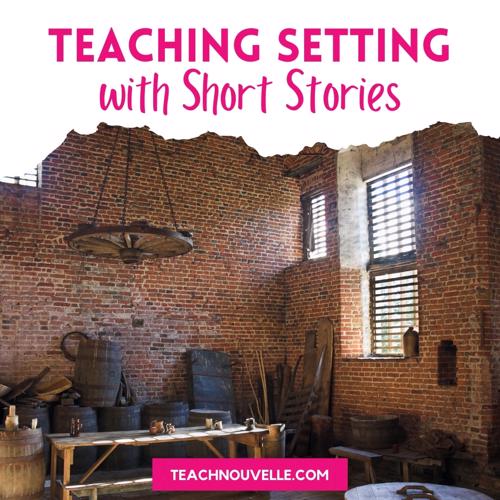

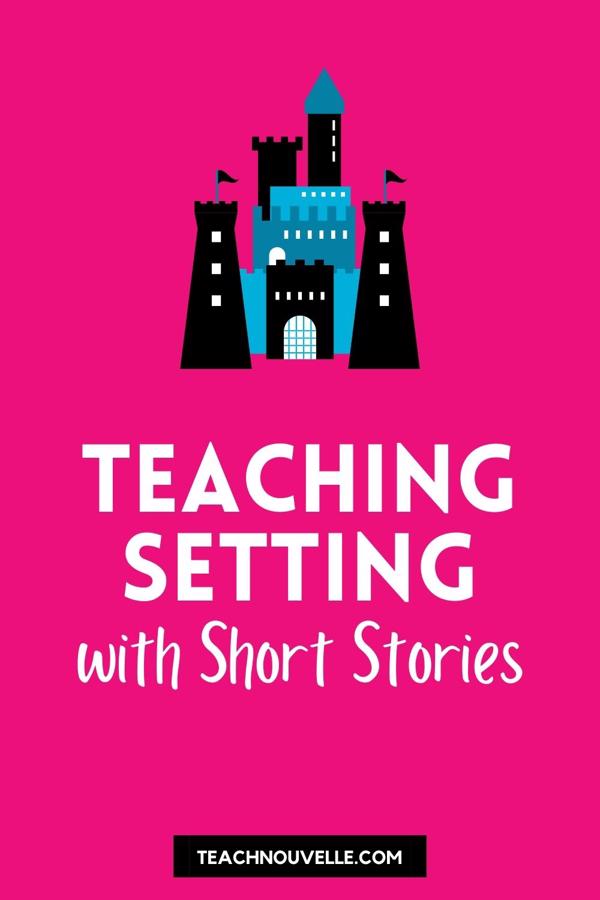
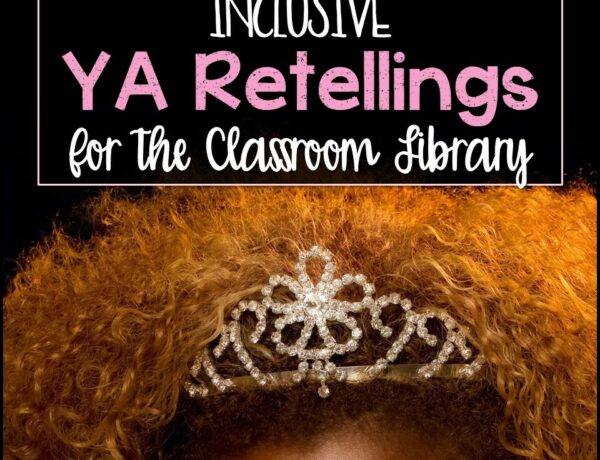
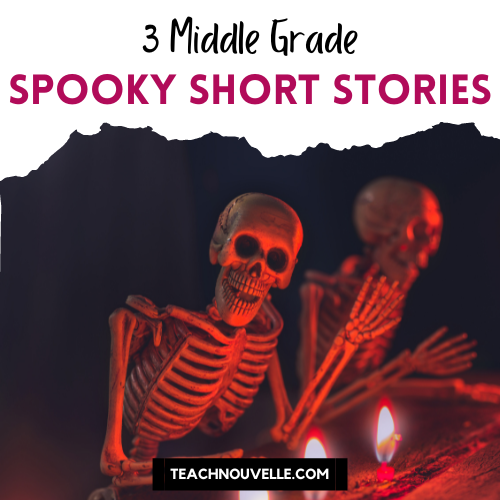
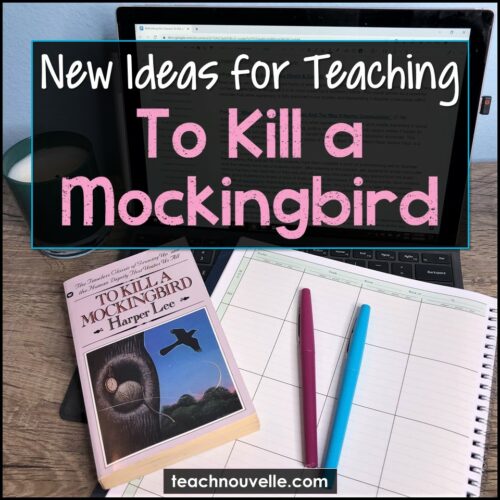
No Comments